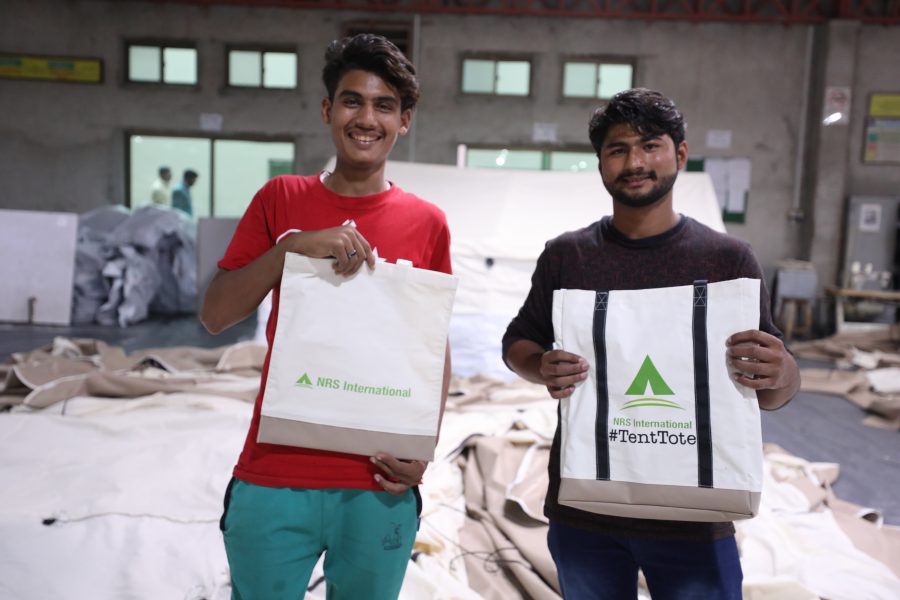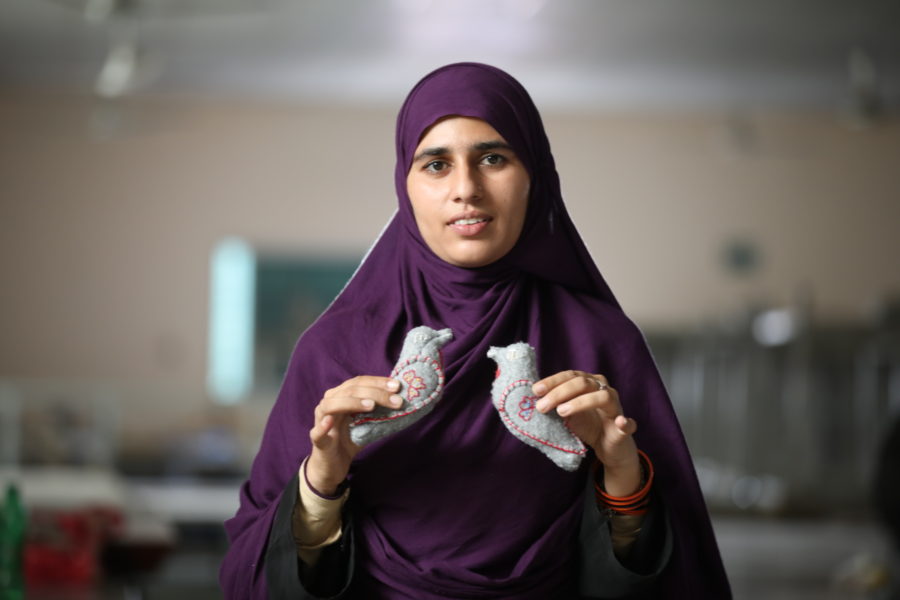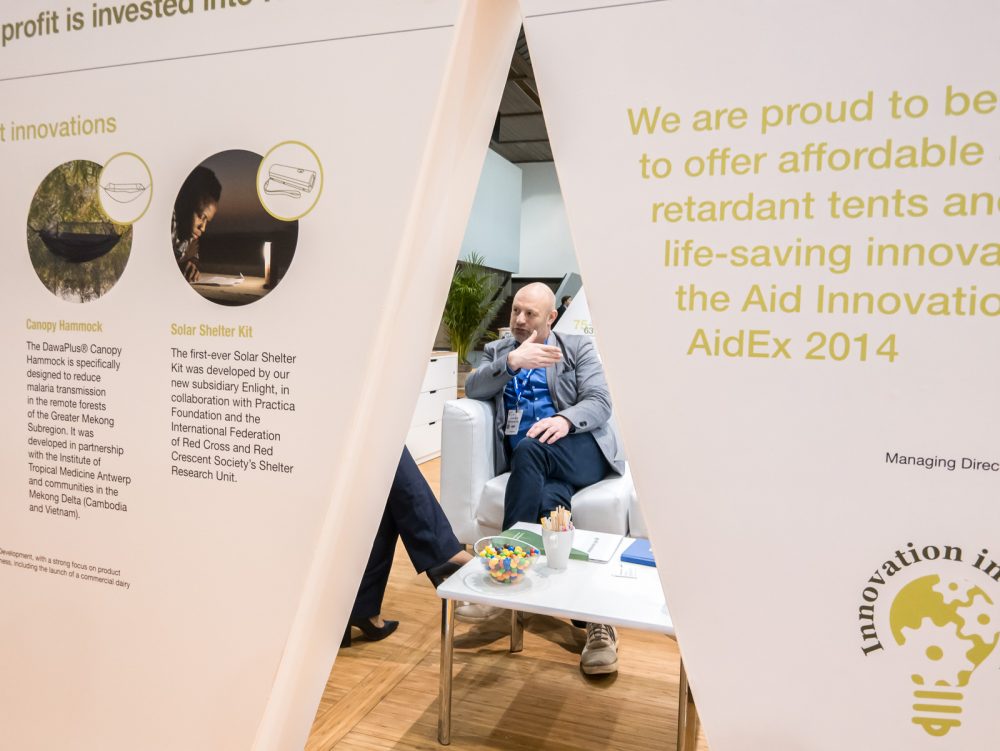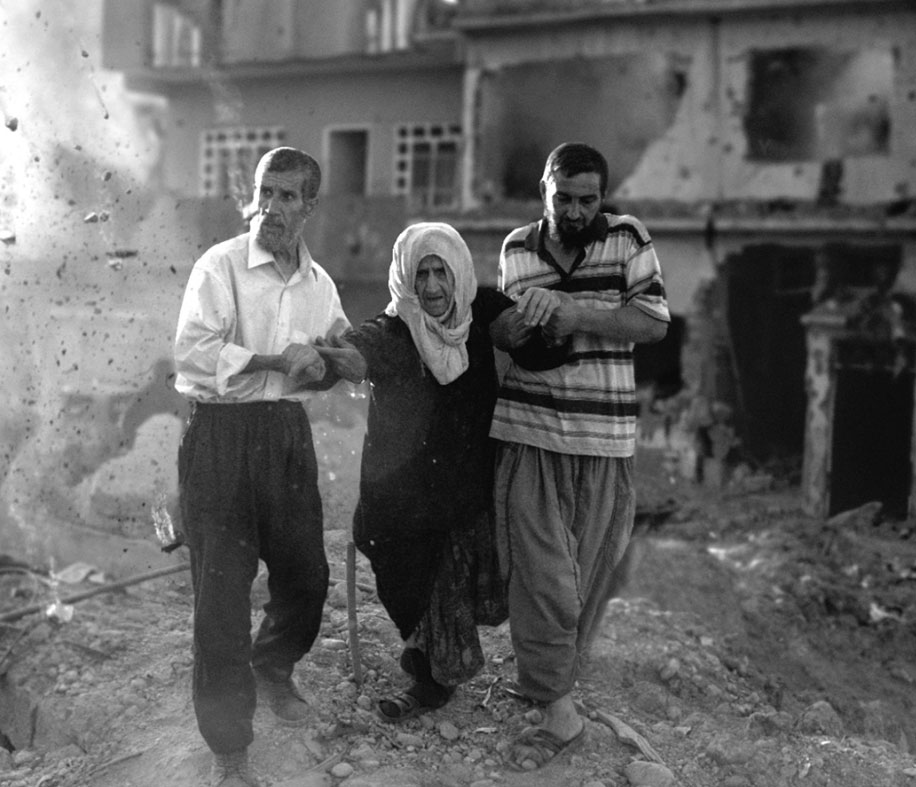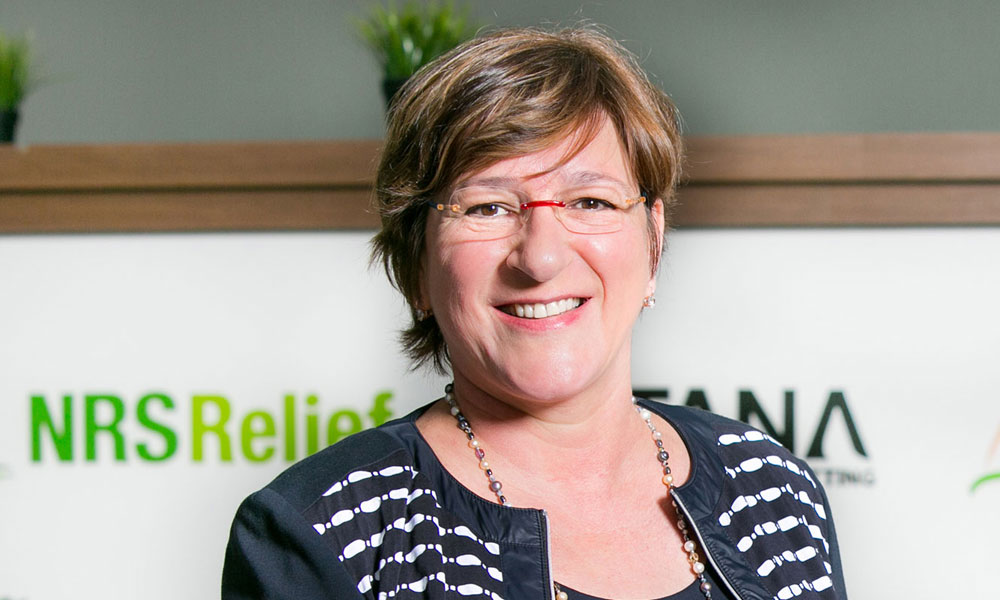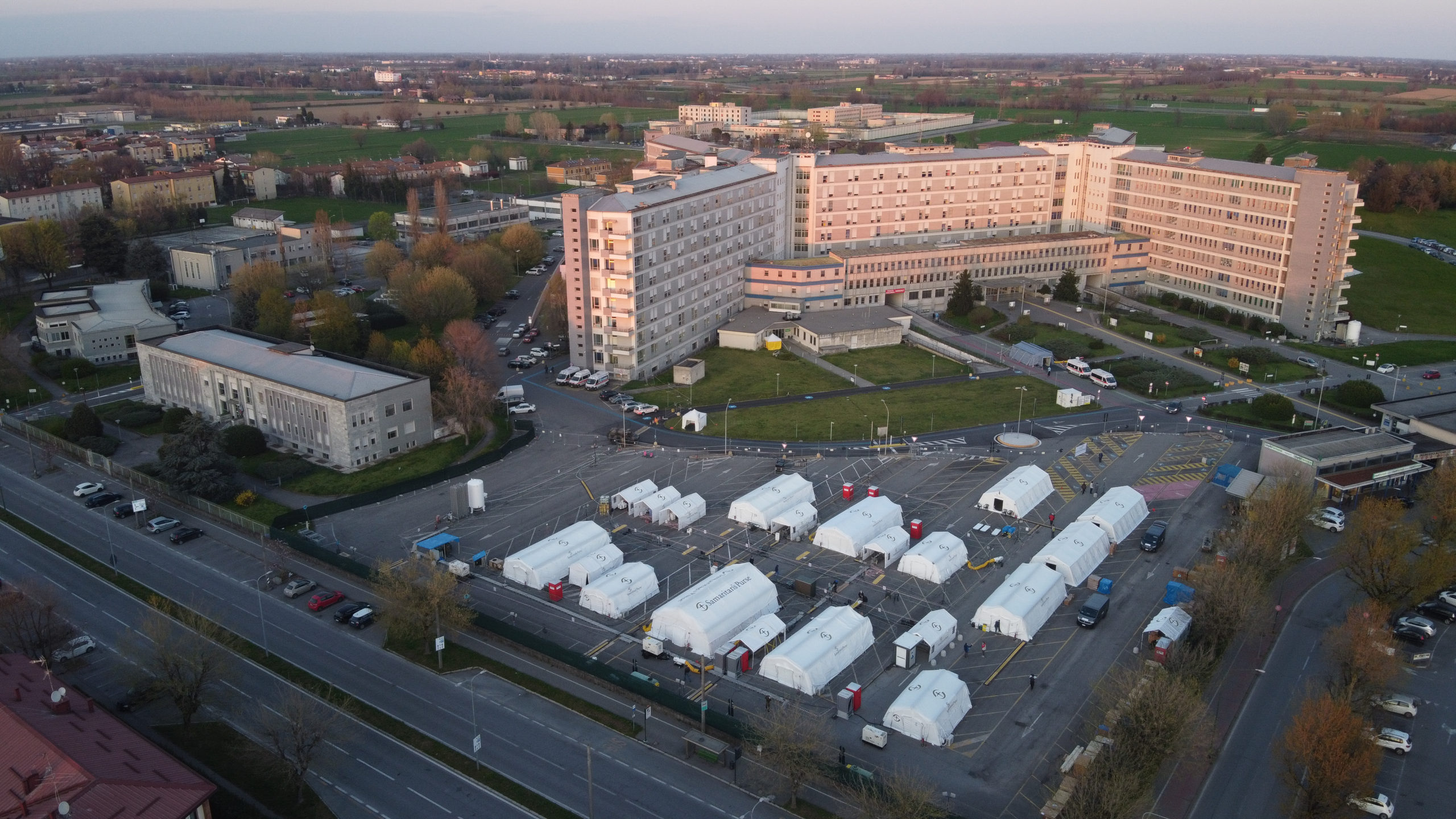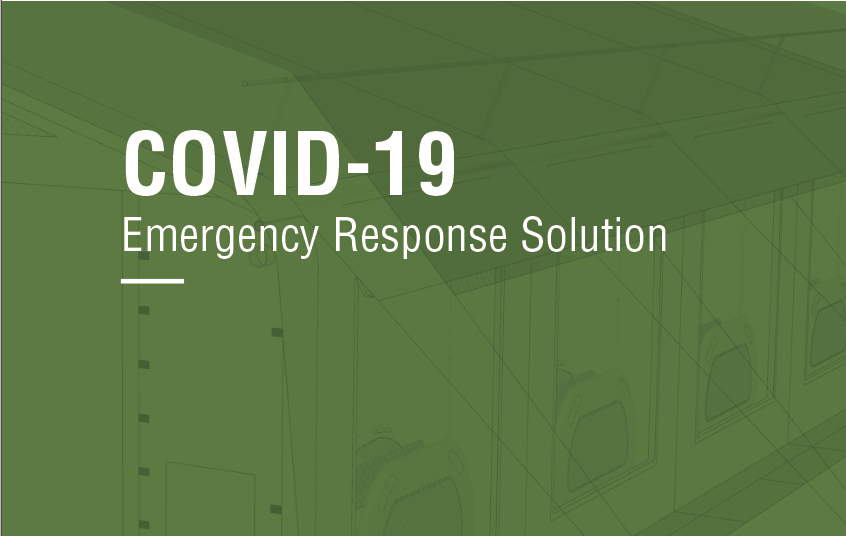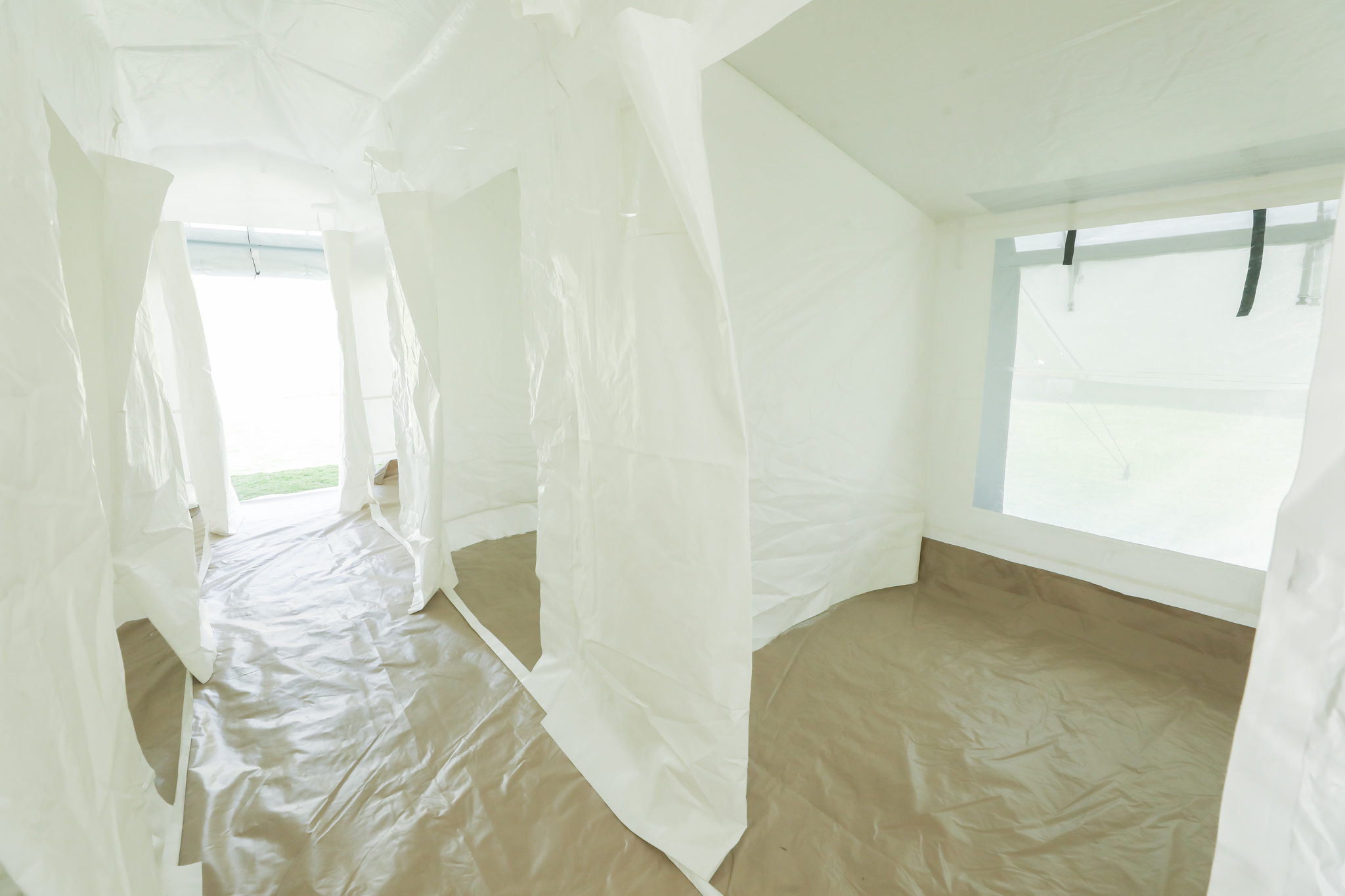SDG 12: Concrete targets for the humanitarian sector
We work closely with our manufacturing arm, HSNDS, to contribute to a sustainable humanitarian supply chain as a way of honoring our purpose as relief supplier. We see purpose-driven sustainability as our contribution towards social, environmental as well as economic progress.
We have decided to implement a principled approach to Sustainable Development Goal (SDG) 12 – Responsible Production and Consumption. To us, half of the targets under SDG 12 speak directly to humanitarian suppliers, and we have decided to embrace them in our corporate strategy, namely:

Inspired by #SDG12 and international corporate sustainability trends, we are working towards taking a stronger grip on our social and environmental indicators, tracking them periodically and systematically in order to monitor our progress. Our goal is to gradually increase the insertion of those aspects in our public reports. As previously stated, we certainly wish transparency spreads across the humanitarian sector, and we aim to provide our buyers with sustainability benchmarks to facilitate procurement decisions.
Inspired by our customers, UN agencies and aid organizations, we are also engaging with our own suppliers on sustainability aspects. Over the past few years, we have seen an increase in questionnaires, audits and general inquiries regarding our production social and environmental aspects, and therefore decided to apply similar methods up the supply chain. We have requested CSR forms from most of our international suppliers. We aim to continuously expand our sustainability supplier engagement, both quantitavely and qualitatively.

Sustainable procurement
The #SDG12 target on ‘sustainable procurement’ was first intended to target governments. However, it was soon transferred to corporations. More recently the global goal was also embraced by UN agencies, such as UNICEF, which has released their own supply/procurement procedures based on #SDG12. Other aid organizations followed suit. For example, The International Federation of Red Cross and Red Crescent Societies (IFRC) has recently released a case study called Greening IFRC supply chains; mapping our GHG emissions, as part of their Green Response program.
The two key messages from this study are:
- A significant share of the greenhouse gas (GHG) emissions of humanitarian operations occur from logistics, considering it is often a global supply chain with items traveling great distances.
- The materials and the source of energy used in the production of relief items have a drastic impact on their carbon footprint. Promotion of renewable energy and recyclable materials can have a major impact on the lifetime emissions of a single item.
Adamant to not compromise the quality of our products, we have implemented procedures to reduce their impact on the planet. For example, our manufacturing arm has a zero-waste policy and in-house recycling facilities. We recycle and reuse our waste as much as we can, mostly on the packaging material, accessories and items for internal use. In fact, we have recently applied some circular economy principles to repurpose our waste with the PeaceDoves and TentTotes projects.
Supporting upcycling projects: PeaceDoves and TentTotes
The PeaceDoves and TentTotes are two upcycling projects launched in 2018 that highlight the importance of a sustainable humanitarian supply chain, meanwhile raising awareness for refugees and displaced people worldwide.
The PeaceDoves is a partnership with UK-based NGO Empathy Action. The toy doves are made from leftover refugee blanket and tarpaulins, with a special touch from our factory’s female stitchers in Pakistan, who have embroidered their personal signature to the doves.
Speaking about the PeaceDoves concept, Sandy Glanfield, Innovations Manager at Empathy Action, says: “I designed the doves to nestle in their recipient’s hand, but I hadn’t planned on the broad shoulders they would need to carry so many messages; peace, upcycling, public-private partnerships, empowering women, the power of a gift, refugees and love. The doves carry a reminder that for the 68 million refugees around the world, a blanket or tarpaulin is a basic necessity to survive. The passionate and skillful women who made the doves, add the love into this story.”
In line with similar principles, we have also created the TentTote bags, made from tent material offcuts, such as poly-cotton and mudflap fabric. These bags are literally made from the same batch of tents that are sheltering displaced people around the world. Similarly to the doves, this project gives us 100% control of our supply upstream the chain, as there is no need to purchase extra materials to make them.
The PeaceDoves and TentTotes are non-profit upcycling projects, and we hope organizations will support us in extending the lifespan of these products. They make a great corporate gift, and these two projects represent an essential step towards a circular economy for relief items.










